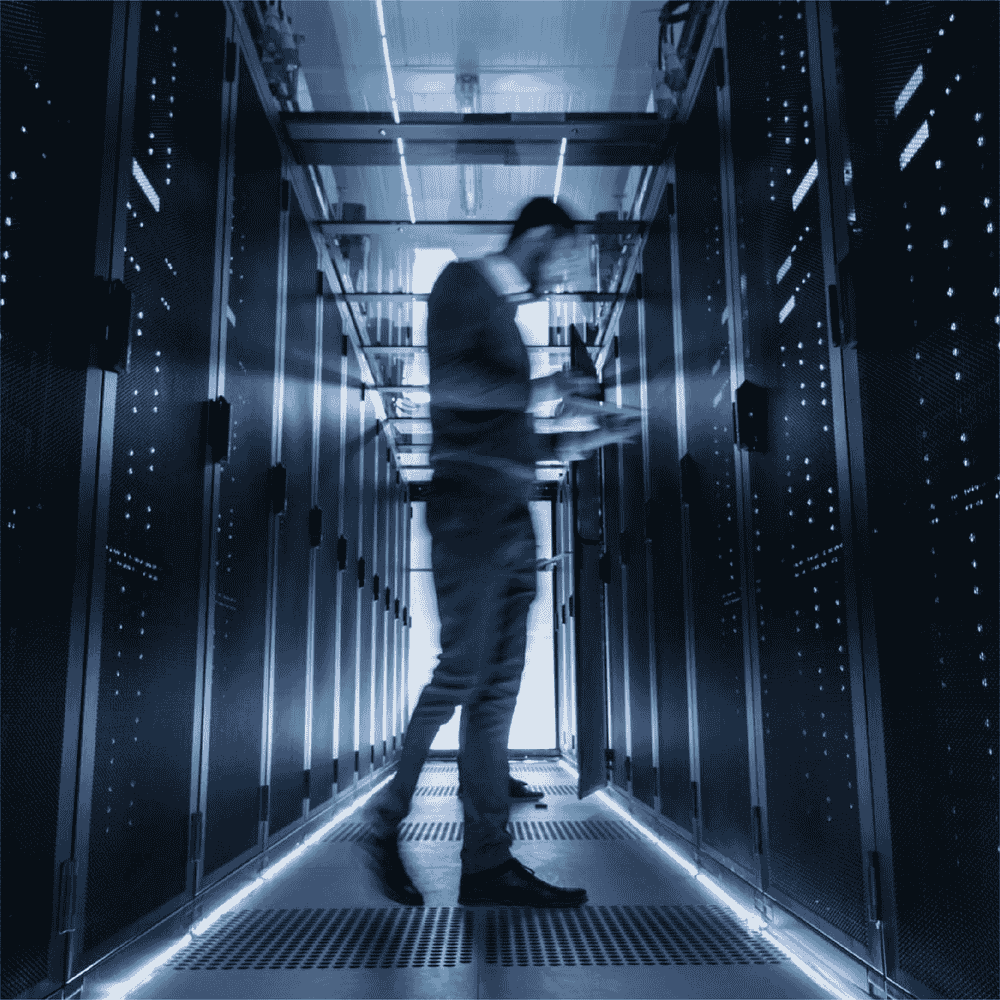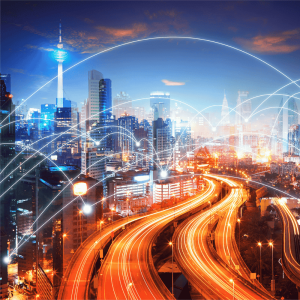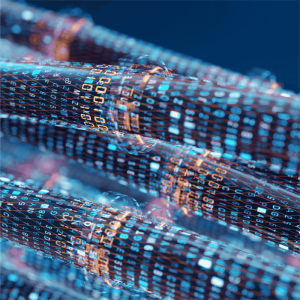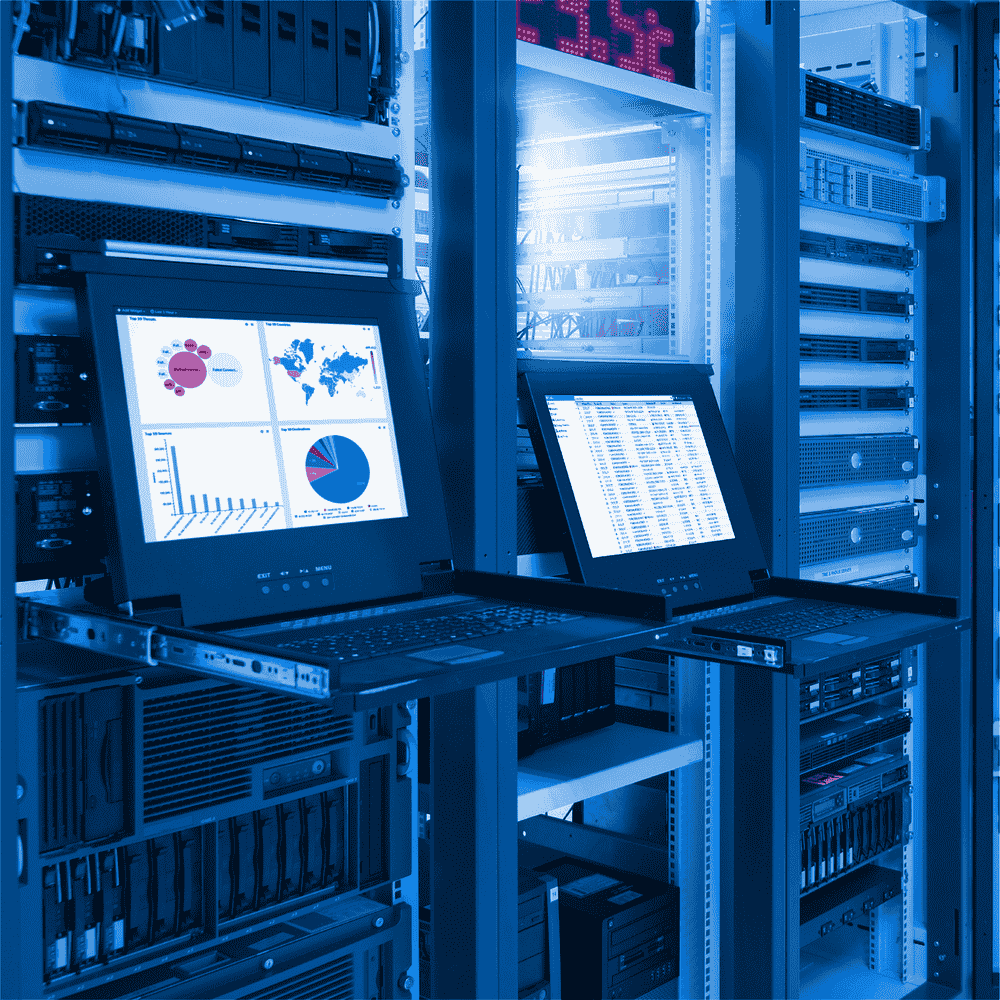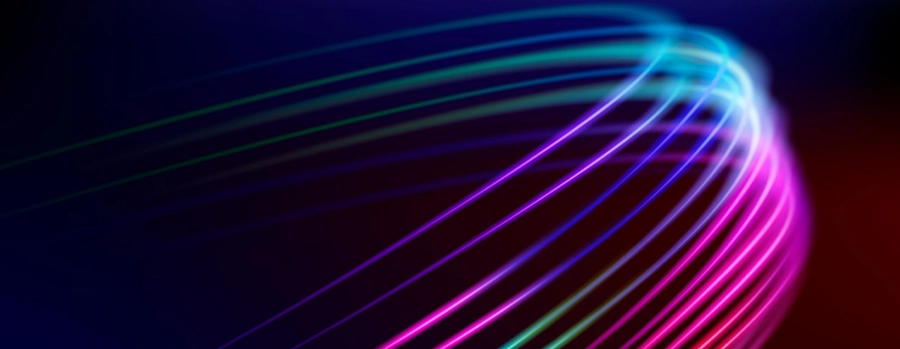Fiber Optics: The Symbol of Speed and Efficiency
In today’s fast-evolving technological landscape, the need for speed and reliability in data transmission has never been greater. With computers, smart devices, data centers, and global networks becoming increasingly interconnected, a robust infrastructure is essential to handle the immense flow of data. This is where fiber optic technology stands out as a hallmark of speed and efficiency. Delivering data transmission at the speed of light, fiber optic cables have become a vital component of modern communication systems.
What is Fiber Optic?
Fiber optic cables are thin, flexible strands made of glass or plastic that transmit data using light signals. Unlike traditional copper cables, fiber optics offer significantly higher speeds and data capacity, making them essential for modern applications. Thanks to these features, fiber optic technology is widely used in internet connections, data centers, telecommunications, and various other industries.
Fiber Optics: The Symbol of Speed
Data Transmission at the Speed of Light
Fiber optic cables transmit data at extraordinary speeds using light signals, ensuring minimal signal loss. This technology is crucial for applications requiring high-speed connectivity, such as broadband internet, video streaming, and large data transfers.
Higher Bandwidth
Fiber optic cables provide greater bandwidth compared to copper cables, enabling simultaneous data transmission for multiple devices without slowing down. This advantage is particularly beneficial for businesses with high data traffic, improving efficiency and productivity.
Lossless Transmission Over Long Distances
Fiber optics can transmit data over vast distances without significant signal degradation. While copper cables experience signal loss over long distances, fiber optic cables maintain signal strength through continuous light reflection, enabling communication across thousands of kilometers. Transoceanic cables, such as those crossing the Atlantic, rely on this technology for seamless data transfer.
Fiber Optics: The Symbol of Efficiency
Energy Efficiency
Fiber optic cables require less energy for data transmission, as they rely on light signals instead of electrical currents. This reduces energy consumption, making them a cost-effective and sustainable choice, especially for data centers and large-scale networks.
Durability and Reliability
Fiber optics are highly resistant to electromagnetic interference and environmental factors. Unlike copper cables, they are unaffected by radio frequency interference, providing reliable performance even in harsh outdoor conditions. This makes fiber optics ideal for critical infrastructures like telecommunications and industrial networks.
Ease of Maintenance and Repair
Fiber optic cables are durable and have a lower failure rate, reducing maintenance costs. Advanced signal monitoring systems in fiber optic networks enable quick detection and resolution of potential issues, minimizing network downtime and ensuring seamless operations.
Transformative Impact of Fiber Optics
High-Speed Internet
Fiber optic networks provide gigabit-speed internet connections, revolutionizing online experiences. From streaming videos to gaming, fiber optics ensure faster, uninterrupted performance for users.
Smart Cities
Fiber optics play a pivotal role in building smart city infrastructures. IoT devices like traffic monitors, energy management systems, and security cameras operate efficiently through fiber optic networks, creating safer, more sustainable, and interconnected cities.
Data Centers and Cloud Computing
Large-scale data centers and cloud services depend on the speed and reliability of fiber optics for rapid data transfer. This enables businesses and individuals to access cloud-based services quickly, boosting productivity and connectivity.
Future Technology: Fiber Optics
Fiber optic technology is not just the backbone of today’s communication infrastructure but also a foundation for future advancements. Emerging technologies like 5G, artificial intelligence, virtual reality, and IoT demand the high speed, reliability, and efficiency that fiber optics provide. As these innovations grow, fiber optics will drive digital transformation and enable a smarter, more connected world.
Conclusion
Fiber optics symbolize speed and efficiency, forming the backbone of modern communication networks. With unmatched data transmission speeds, expansive bandwidth, energy efficiency, and reliability, fiber optics have become the ultimate solution for both personal and business applications. As we move into the future, fiber optics will continue to power a more intelligent, interconnected, and sustainable digital world.

